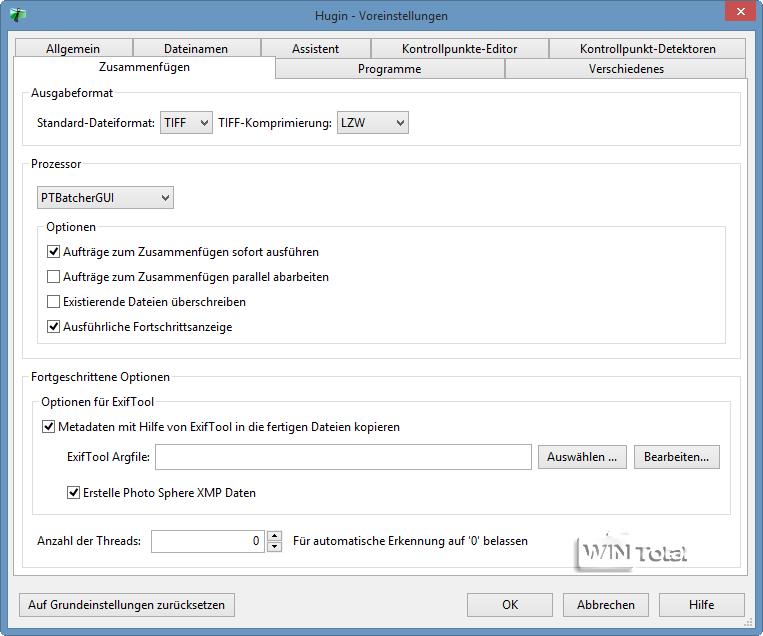

Using the program has gotten easier over the years, and its current interface is super simple to navigate. I found this feature works fine with non-complex areas such as sky and grass, but struggles a bit more than the amazing content-aware fill feature in Photoshop does for more visually complex areas. This feature will intelligently generate fill for the warped edges of a stitched panorama. Other unique features include the ability to stitch RAW images, automatic exposure blending, and the its automatic image completion feature. On my laptop this could take me a few minutes using other stitching software. Not to mention this task is performed in mere seconds. What I find that sets ICE apart is its ability to combine not just a single row of shots from left to right but multiple stacks of rows to create a super wide area of coverage from a single vantage point.
#Nef panorama stitcher software
The software automatically combines multiple images from a single camera location to create a single high-resolution panoramic image. If you’re familiar with panorama stitching programs it works in much the same way.
#Nef panorama stitcher download
The Microsoft Corporation (I hope I’m spelling that right) has a freely available download called Image Composite Editor (or ICE for short) from their Computation Photography Group. Stephen’s Episcopal Church – Wilkes-Barre, PA | The original pano is a 30 shot composite that is the equivalent of a 75 megapixel image. The budget conscious among you will appreciate a free program you may not be as familiar with that comes from a little known company out of Washington state. When it comes to stitching panoramas together with photos from your DSLR, there are a lot of options out there, and now with Lightroom CC offering some basic pano stitching options it’s easier than ever to assemble multiple shots into a sweeping landscape. Well, what passes as “old-fashioned” in this ever-changing software landscape anyway. With all those fancy cell phone cameras out there seamlessly piecing panoramas together right in their tiny-sensored innards, sometimes it’s easy to forget most of us lowly DSLR users still have to construct our panos together the old-fashioned way.


 0 kommentar(er)
0 kommentar(er)
